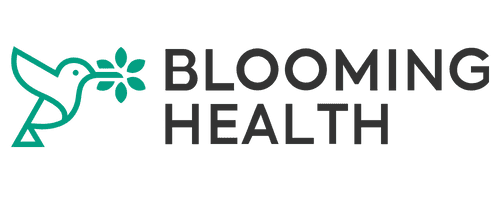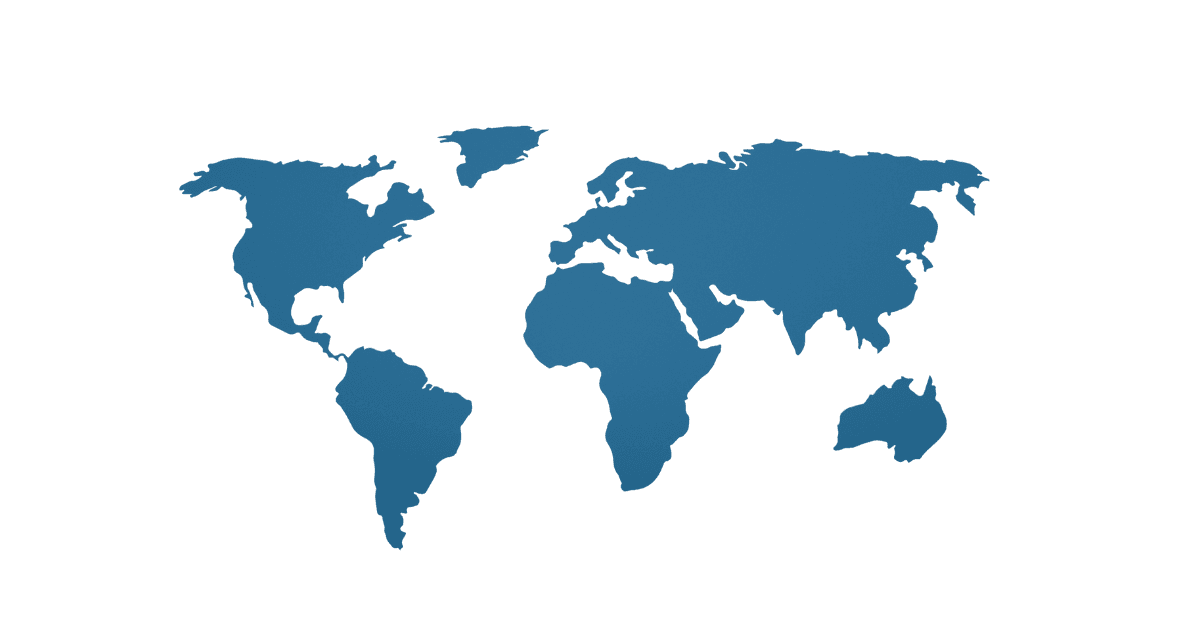Jul 1, 2025
In Maryland, Medicaid is much more than an insurance program, it’s one of the state’s largest investments in health, well-being, and economic stability.
With a budget of $14.6 billion, Maryland Medicaid funds care for over 1.5 million people, about one in every four residents. Let’s break down what that number really means and explore how technology can help ensure these dollars go even further.
Maryland Medicaid by the Numbers
Here’s a closer look at Maryland Medicaid’s financial footprint:
Total Budget: $14.6 billion
Federal Share: $8.5 billion (approx. 58%)
State Share: $6.1 billion
This funding supports a vast range of services, including:
Hospital Care
Primary and Specialty Physician Visits
Prescription Drugs
Maternal Health Services (covering over 40% of births in Maryland)
Long-Term Services and Supports (LTSS) for older adults and people with disabilities
Behavioral Health Services, including mental health and substance use treatment
Dental Services
Community-Based Services for individuals with developmental disabilities
Medicaid also fuels Maryland’s economy, supporting over 122,000 providers—from hospitals and nursing homes to behavioral health specialists and home health agencies.
Why Medicaid Costs Add Up
Serving such a diverse and medically complex population comes at significant cost:
Older adults needing nursing home care: Medicaid is the primary payer for long-term nursing services, funding over 80% of nursing home revenue in Maryland.
Behavioral health care: Medicaid funds $2.9 billion annually to ensure people can access mental health and substance use services.
Expansion coverage: About 350,000 Maryland adults qualify under Medicaid expansion, representing a significant investment in preventive and primary care.
Yet these investments are critical. When people have access to timely health care, they’re less likely to require expensive emergency room visits or hospital stays, saving money for the system in the long run.
The Role of Technology in Maximizing Medicaid Dollars
As policymakers and health leaders examine ways to stretch Medicaid budgets further without sacrificing care, technology solutions offer powerful opportunities.
Reducing Administrative Costs
Complex eligibility rules, redeterminations, and paperwork create significant costs and can accidentally push eligible people off coverage. Platforms like Blooming Health help:
Send multilingual reminders about renewals or documents needed
Provide easy ways for people to respond via text, voice, or email
Reduce manual follow-up work for overburdened staff
Fewer lapses in coverage mean fewer disruptions in care—and fewer costly emergency interventions.
Engaging Patients Proactively
Behavioral health conditions, chronic illnesses, and long-term care needs all require regular engagement. Technology can:
Deliver wellness check-ins
Share educational content in preferred languages
Help individuals navigate services and appointments
This helps avoid crises that drive higher medical costs and ensures patients stay connected to needed support.
Supporting Data-Driven Decisions
Maryland’s Medicaid leaders must demonstrate where dollars are spent and how investments improve health outcomes. Digital platforms generate:
Real-time data on outreach and engagement
Insights into patient needs and service gaps
Reports that support grant applications or funding requests
Better data means smarter spending.
Blooming Health Supports Service Providers
Maryland’s $14.6 billion Medicaid budget is an investment in the state’s health, economy, and future. As proposals in Washington and Annapolis evolve, one fact remains clear: every dollar counts.
By pairing dedicated funding with smart technology solutions, Maryland can keep Medicaid strong, ensuring children, families, older adults, and vulnerable residents receive the care they deserve.
Want to learn more about how technology supports Medicaid programs? Get a demo to see how Blooming Health’s digital tools can help organizations stretch resources further while staying focused on patient care.
From closed-loop referrals that ensure individuals actually receive the services they’re connected to, to automated communication workflows that save staff countless hours, technology empowers Medicaid programs to operate more efficiently and serve Marylanders with the care they deserve.
Sources:
State of Maryland Department of Health. “Maryland Medicaid Fact Sheet.” Impact of Potential Medicaid Proposals to Maryland Medicaid, May 13, 2025, 2:32 PM. PDF download via Maryland Health Newsroom: Maryland.gov.








